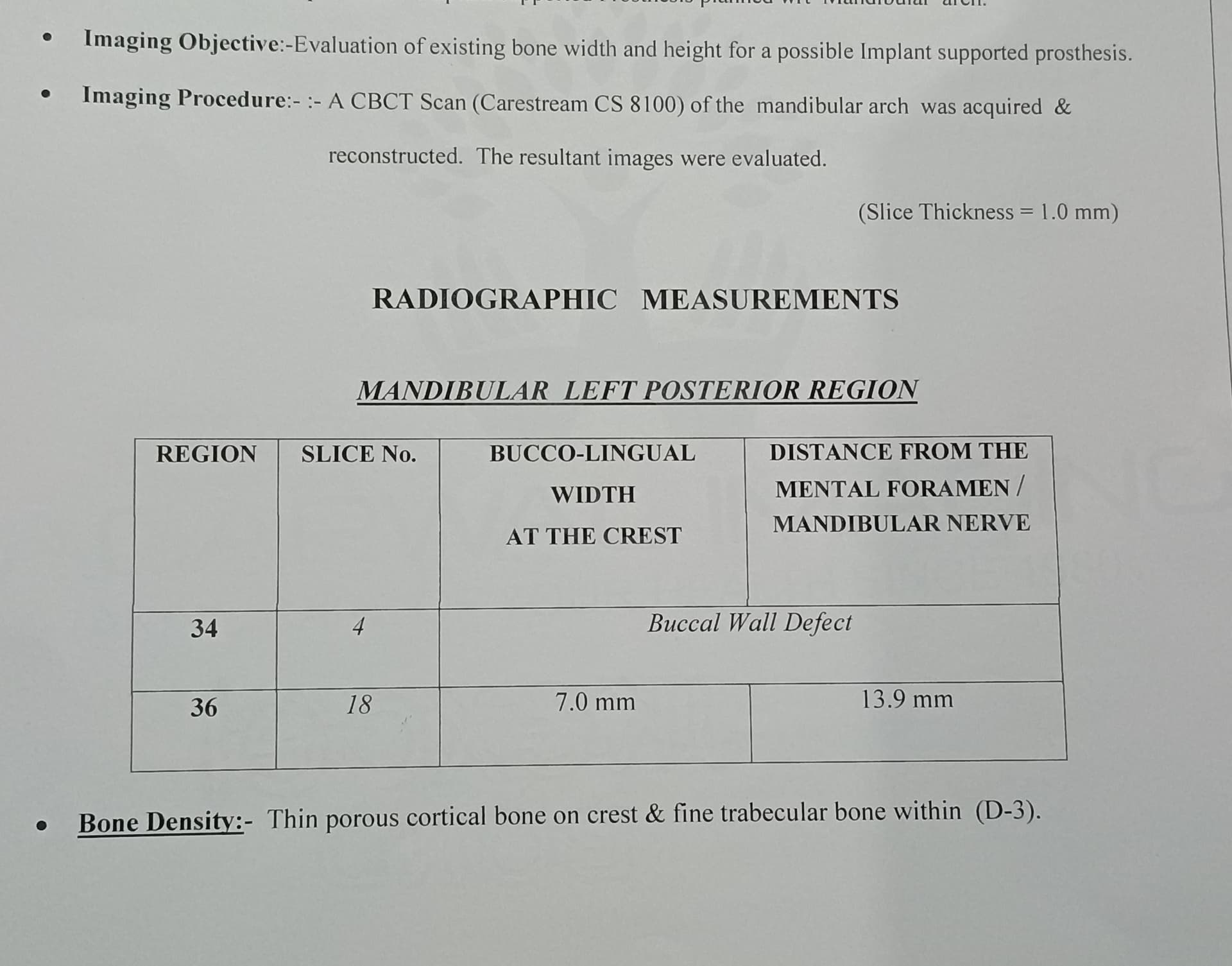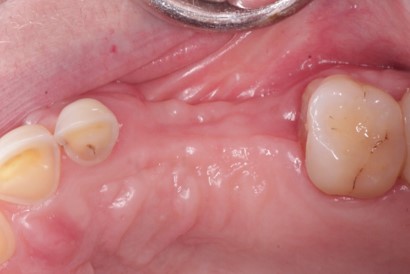Dental Implants in Younger Patients: Any Studies or Experience?
Dr. R from Brazil, asks:
I’m looking for information about dental implants in children, adolescents and young adults. Does anyone know of any recent studies? Have any of you been involved in placing implants in younger patients? What were your experiences? Do you have any recommendations? Thanks.
9 Comments on Dental Implants in Younger Patients: Any Studies or Experience?
New comments are currently closed for this post.
Tanya Arban
3/11/2010
I m very interested in this question. One of the biggest problem is the arrest of growth of the bone volum of the implant in his site : I mean that the only presence of the implant in its bone volume stops its growth. In consequence, implant doesn't coming down to the functionnal curves (spee, wilson). It remains exactly inside the initial state of placement.
We haven't got enough scientific informations for placement of implants in children.
For me this is an absolute contraindication untill the end of growth (sesamoid bone in wrist).
Richard Hughes, DDS, FAAI
3/12/2010
Dr. Arban, You are going to have to hit the literature. There is not alot in print about this subject.
Don Anderson
3/13/2010
Radiology of selected ossification centers in the carpal bones is no longer thought to provide conclusive evidence of bone age and maturity. In 1994 Kikich reported that the outcome of carpal bone studies did not necessarily reflect facial growth. A cephalometric analysis of consecutive lateral cephalograms provides conclusive evidence of facial growth. It is considered complete when no further changes are seen on cephalograms within a period of a year of each other. The maxilla and mandible have multiple different growth centers and growth directions. It is the completion of growth in these different areas that must be considered in the timing of treatment. These centers complete growth at different times. It is essential to know when these different areas have completed their growth activity to time your implant surgery.
In many oligodontic or anodontic patients, implants may have to be placed before all growth is complete. Early placement of implants in these patients provides optimal anchorage for orthodontic treatment. Implant malposition in these cases is expected. However, the benefit outweighs the risk. In these cases, once growth is completed, malaligned implant-bearing bone segments can be moved into correct position with an intraoral, extraosseous, multidimensional distractor as proposed by Watzek et al. Georg Watzek has a very good chapter on this subject in his text: Implants in Qualitatively Compromised Bone.
Richard Hughes, DDS, FAAI
3/14/2010
Don, Great comments. I came to implant dentistry with a heavy orthodontic background. I would add that the areas where you have to be careful is in the aesthetic zone and males that are Class III skeletal. Males tend to grow in the mid face and lower third of the face till about 24 yrs. of age. I have seen too many cases where things look good and the patient starts growing again in the early twenties. The question that I have always had is what is the difference in dentoalveolar growth vs. the other areas of facial growth. I would suggest reading Graber's text and McNamara's text. They will offer a little information.
Tanya ARBAN
3/15/2010
I agree with all said before but I thought that the question was about " implantology in children and young adults "...and not about the growth of the face(?!!)
Richard Hughes, DDS, FAAI
3/15/2010
Tanya, These facts about growth of the face are very much related to the issue since they are an aesthetic and functional issue. Sure the implants will integrate, but can they be used later on without going through great efforts to make them restorable is the issue.
erich
3/16/2010
There is a review article by Cronin in the 1998 Dental Clinics of North America-"Implant use in growing patients. Treatment planning concerns." Also the March 2008 Atlas of Oralmaxillofacial Surgery clinics of North America entitled, "Dental implants,growth of jaws, and determination of skeletal maturity" by Carmichael, et al that may be helpful
Carlos Boudet, DDS
3/20/2010
I would add that it is incorrect to say that bone stops growing with the placement of an implant.
It is the result of the prosthesis that is placed on such implant.
In the case of a single implant to replace a missing lateral incisor, for example, the teeth and bone around it may continue to grow, leaving an ankylosed fixture in a less than ideal position.
Growth is stopped when a prosthesis that attaches to one or several implants such as a removable or fixed partial denture is placed.
Contemporary Implant dentistry by Misch has a section on this.
Dr. Ares
4/13/2010
There is a pilot study in Venezuela about implants placed on young patients by Dr Jonathan Armas an OS, working at Hospital de Especialidades Pediatricas (Specialty Pediatric Hospital) in Maracaibo, Venezuela.


















